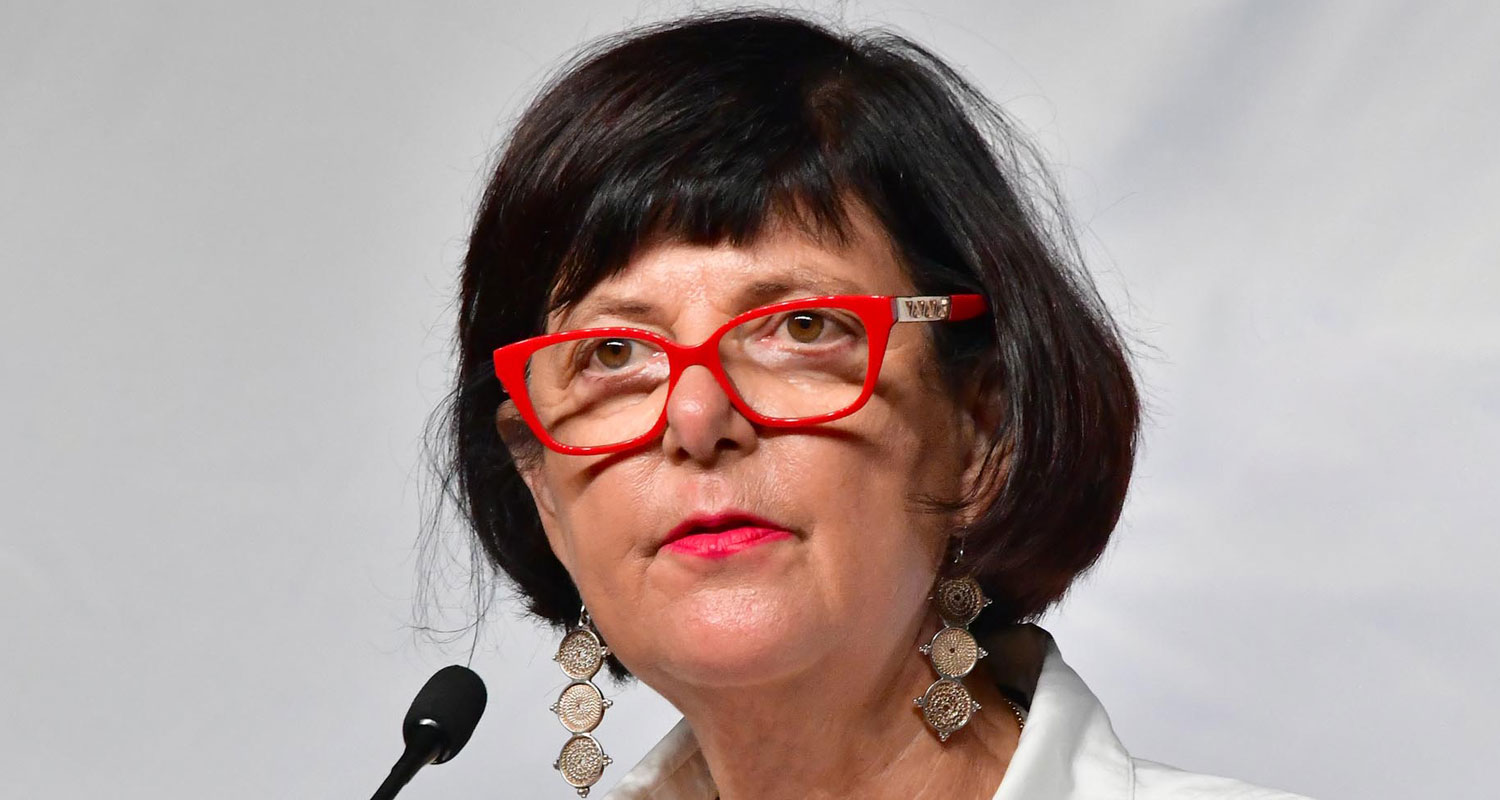
South Africa, the world’s 13th biggest source of climate-warming greenhouse gases, will unveil details on how it plans to cut emissions next month at the UN Climate Change Conference in Egypt, environment minister Barbara Creecy said.
South Africa is facing mounting pressure to accelerate its energy transition. Companies in Italy and India that buy the majority of its forest fibres have asked it to halve the carbon footprint from those products by 2030 or lose access to their markets, Creecy said at an event in Johannesburg on Tuesday.
The plan will cover Eskom’s energy transition, she said. The state-owned utility is the world’s biggest emitter of sulphur dioxide and most of its power generation comes from coal.
The proposal will also include plans to decommission 10 coal-fired power plants, the feasibility of transitioning the automotive industry to produce electric vehicles as well as progress on the country’s green hydrogen programme, Creecy said.
“The investment plan once it is launched in Cop27 will be released for public comment this year,” she said. “What we are sincerely hoping is that it will create appetite from the private sector and we will begin to mobilise the significant quantities of financing that we are going to need over the next 10 years.”
South Africa has pledged to reduce greenhouse gas emissions to net zero by 2050. The country has secured a fraction of the US$250-billion it will need to spend over the next three decades to fund the closing down of coal-fired plants and development of replacement green energy such as wind and solar. The majority of funds secured so far are from an $8.5-billion climate finance deal, unveiled at last year’s UN-led talks in Glasgow, pledged by some of the world’s richest nations.
Read: South Africa has no choice but to pivot to renewables: De Ruyter
“The $8.5-billion is clearly a good start, but it is not enough, we need more to unlock new investment,” Eskom CEO André de Ruyter said at the same forum. “We shouldn’t imagine for one moment that there is an infinite pool of concessional financing available; we need to come up with our own solutions that will enable us to make this transition and therefore the more we rope in different sources of financing the better the outcome will be.” — (c) 2022 Bloomberg LP




